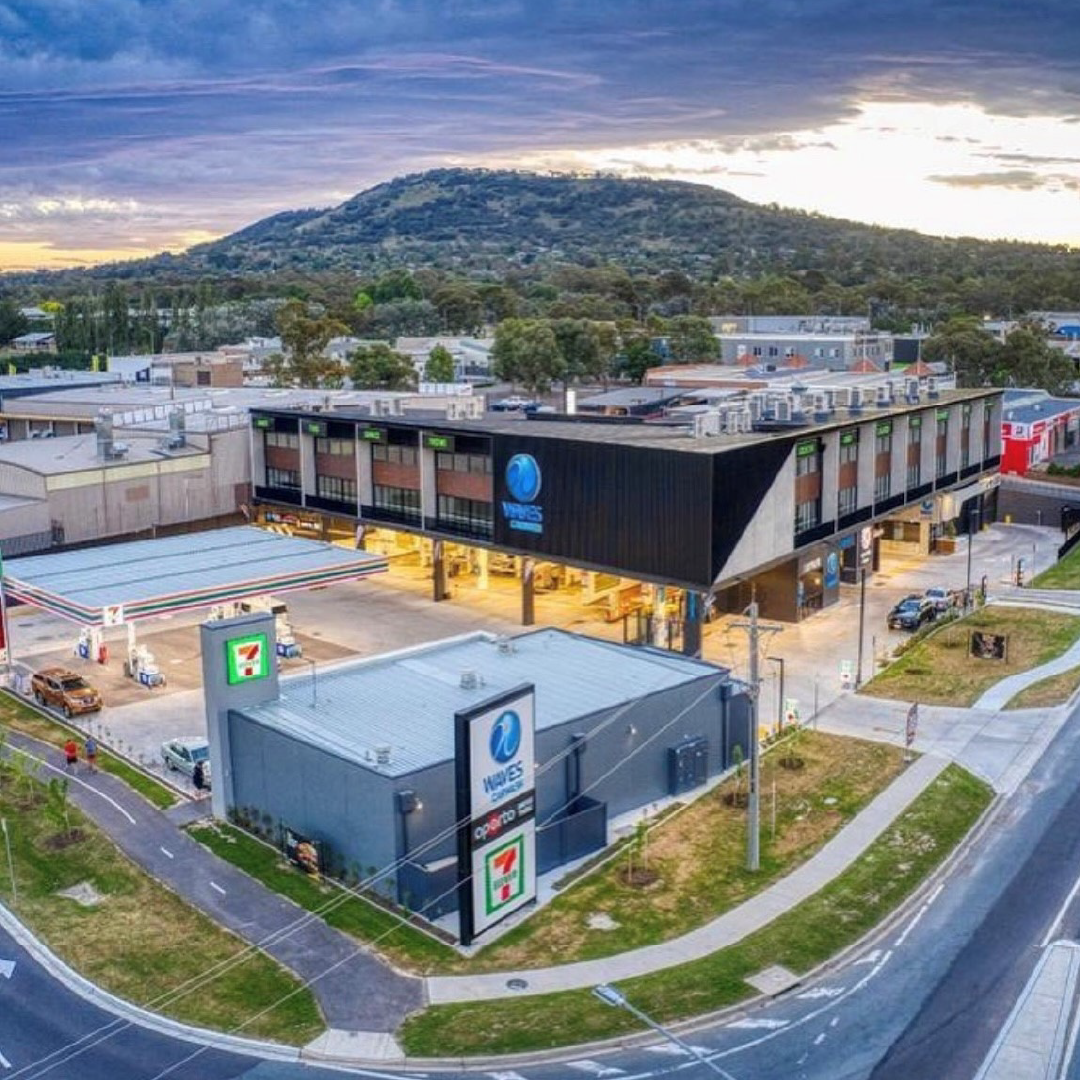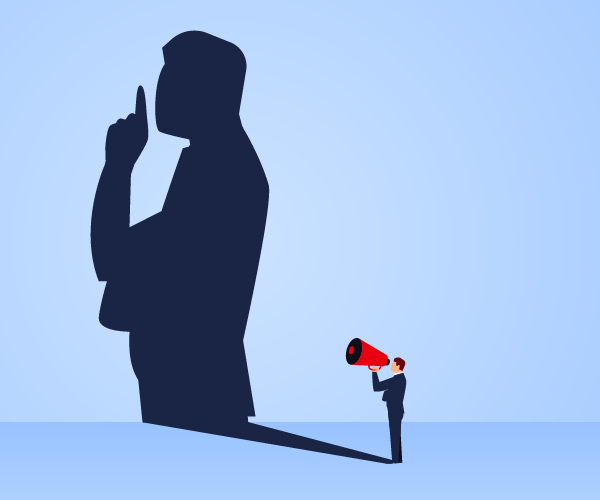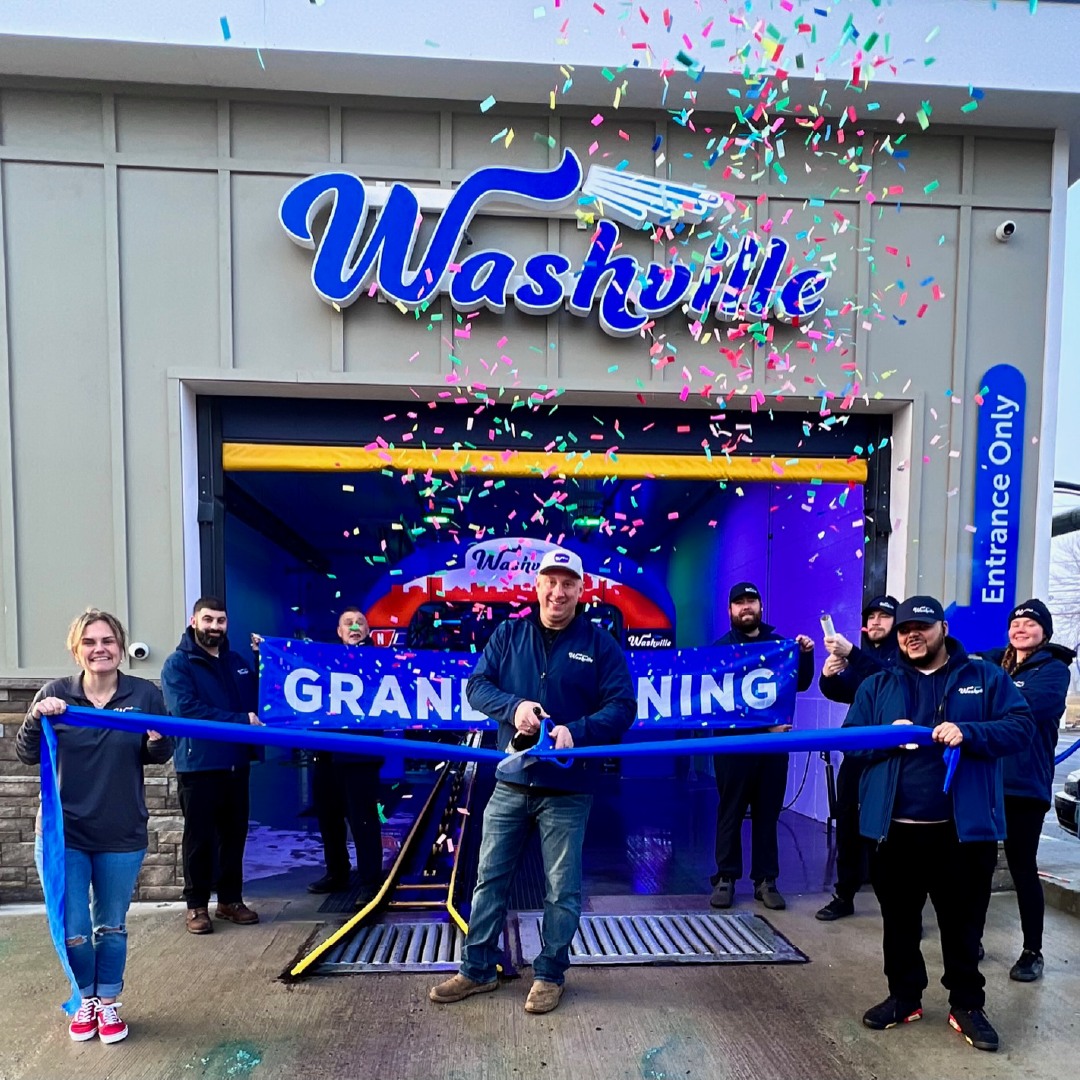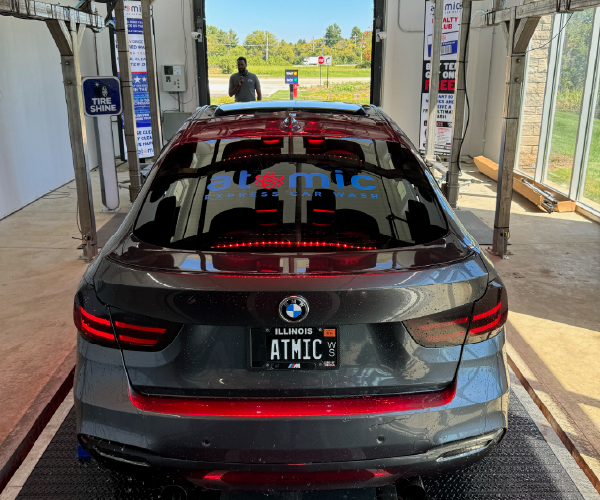
Diffusing Damage Claims
September 20, 2024
8 minute ReadThe following article appeared in a 2024 issue of CAR WASH Magazine™. If you enjoy it, click the link below to subscribe to International Carwash Association and CAR WASH Magazine will arrive in your mailbox every quarter.
Strategies to establish and execute a game plan for handling common post-wash complaints.
Fortunately for car wash operators, damage claims tend to be more of the exception than the rule in daily operations. Research posted in International Carwash Association’s The Pulse Report revealed that less than 9% of consumers have ever had any damages to their vehicle at a car wash and, of those, 62% said it was scratches/chips or dents/dings.
At Fast & Friendly Car Wash in Utah, just one damage claim every few months is typical, said Brandon Blackett, site manager.
Still, 5% of the consumers surveyed for the ICA report were very worried about potential damages at the car wash and another 27% were somewhat worried — and any incident that risks damaging a customer’s vehicle and an operator’s reputation must be taken seriously.
The spring thaw can bring an uptick in complaints that car wash equipment scratched a customer’s vehicle for the very simple reason that people who reside in snowy areas tend to not look as closely at their cars in winter months. Camel Express, a five-wash operator in the Nashville area, finds this pattern holds true with its customers. Was the car wash responsible for the scratches?
Unlikely, said John Sproul, hiring and training director at Camel Express Car Wash, but that doesn’t stop consumers from making assumptions post-car wash. And he wants the team at Camel Express to know exactly how to tactfully handle the situation when a customer complains about any damage to their vehicle after visiting a Camel Express wash.
Indeed, managers are specifically trained to de-escalate situations and not take them personally. Managers tend to take the brunt of complaints, Sproul said, and understanding how to support them on the front lines is important, particularly in light of the rising concern over mental health in the United States. “We remind managers that the person is upset at the situation, not them personally.”
Sproul also reminds employees that for Camel Express customers, their car is often their most expensive possession in that chain’s operating area. “It’s easy to forget that, but most of our customers don’t own their own homes; they really care about their cars. Remembering that is it their prized possession can help those on the receiving end of someone’s anger let it roll off a bit easier.”
Casey McKinley, co-owner of Wash Wizard in South Carolina, agrees that often the disgruntled customer could be upset about something unrelated to the car wash. He trains managers to show empathy, even if something is not the fault of Wash Wizard.
Something as simple as body language can help diffuse an uncomfortable conversation with a customer, said Brian Cook, co-owner of Wash Wizard. “Make eye contact with the person, nod to show you understand what they are telling you, have good posture, avoid crossing your arms, etc.”
Applying those simple strategies can nonverbally tell the customer you are open to receiving feedback about a situation. Another tactic McKinley uses: “I introduce myself, tell them my name, and then call them by their first name to start a personal, one-on-one conversation, which seems to diffuse a lot of angry people.”
Camel Express’ de-escalation strategy follows the L.A.S.T. approach to customer service when complaints arise: Listen, Apologize, Solve, and Thank/Teach. The first step, Listen, means the on-site team does not offer a resolution immediately when the customer complains. “Most of the time, it’s better to let things cool down and even just give the customer space to rant,” Sproul said. “To give proper consideration to the issue, we don’t give an answer right away. Most of the time they might be really upset but it has nothing to do with us.”
The next step, Apologize, does not mean accepting blame for what happened. Instead, Camel Express employees are coached to simply express remorse that something happened. In a similar vein, the company translates Solve as recording the information on-premises so that someone else at Camel Express can solve it.
Thank/Teach is Camel Express’ spin on what is generally just “thank” in the L.A.S.T. customer service approach. The Camel Express team not only thanks the individual for bringing it to the manager’s attention but looks to create a teaching moment, either for themselves or the customer. “Whatever happened, either they need to learn, or we do,” Sproul said.
Camel Express also commits to responding back to customers within 72 hours of a complaint, or at minimum letting them know if it’s not possible to resolve the situation that fast. “It builds trust with the customer to have some kind of contact quickly,” Sproul said.
Fast & Friendly Car Wash in South Jordan, Utah, which also has a 72-hour turnaround rule, takes the time to ensure the customer knows how car wash equipment works, as well. For example, when one customer felt the car wash caused many micro-scratches on his black car, Blackett walked him through what happens during the car wash cycle, even letting him feel the wraps. After spending 15 minutes with that customer, the owner of the car said to throw away the damage claim he’d started, and he has been a loyal customer ever since. “Once you show them the equipment and educate them, they start to see the likely probability that the damage did not happen here,” Blackett said.

Viewable Damage
Cameras are another way to help with damage claims. At one of Wash Wizard’s sites, they have 40 cameras in place: inspection cameras to capture pre-existing damage as cars enter the wash, cameras in the tunnel wash, inspection cameras and perimeter cameras. “The cameras pay for themselves in six months,” McKinley said, since they provide concrete evidence. The high-definition/high-quality system installed on-site enables the operation to see finite detail in pre-existing scratches, he said, and added that the quality of what’s available today is very advanced. He also finds the ability to plug in a license plate to locate footage of a specific car to be an advantage. “The technology has advanced and made it much easier.”
While the majority of the time, the video feed proves the car wash was not the root of the problem, Wash Wizard also taps their footage to find potential problems. “Sometimes equipment does malfunction or there is a human error in maintenance,” McKinley said. In one instance, the video revealed the damage done to a vehicle was due to a brush rotating in the wrong direction after maintenance to the wash, which had damaged one particular vehicle. While that situation is rare, it does happen, he said. “And of course we take care of the customer in that case.”
At Fast & Friendly Car Wash, their high-definition (4K) setup includes a seven-camera arch at the entrance that Blackett said provides a good indication of the pre-existing condition of cars entering the wash. After he reviews the footage himself, he has at times invited a customer to come back and see the footage themselves, although he noted that is rare.
Customers are generally not looking to defraud anyone, said Curtis L. Ray, co-owner/vice president of Acquire Video Security. “They really believe the car wash did the damage. It’s important to stay calm, tell them you will take a look at it, and then respond. We don’t recommend inviting the customer to look at a video with them right then. Instead, diffuse the situation, fill out the incident report, and then get back to them later.”
Today’s ultra-high-definition products can prove an excellent resource in refuting damage claims, Ray said. He advised that when investing in a camera system, particularly one with the intention of functioning as a resource for false damage claims, be sure to consider resolution quality of the system. Most cloud-based systems, he said, cannot record in higher resolutions due to bandwidth constraints and fail to capture the finer scratches and dents that may be pre-existing. “You want the camera system to be the judge and jury,” he said. “It can be a very valuable tool. If the car wash operator cannot refute the damage, it’s a problem.”
Once in place, Ray recommends ensuring operators make the most of their investment by tailoring the system to meet on-site conditions. For example: Block out glare from the sun that could make it difficult to see images clearly, ensure the main pathway for employees is not in front of the camera and improve lighting overall. “If you can show a ding prior to the car entering the wash, it makes handling claims that much easier,” he said.
Rish Gupta, co-founder and CEO of Spot AI, believes camera systems are quickly becoming table stakes in the industry. “When planning a new location, where the cameras will go is part of that early conversation. It’s a must-have, not a nice-to-have.”
Car wash operators rely on Spot AI’s camera system to both deal with damage claims and operate from a more data-forward approach to customer relations, Gupta said. “Operators want to negate and minimize damage claims, but we find they want to also know how to increase revenues.”
On the damage claim side, Gupta said the number of active incidence cases continues to rise. “It’s growing phenomenally,” he said, in part he believes due to the subscription model, which in turn drives frequency, and ultimately more data overall. Car wash operators tell us they are able to dispute more than half of the damage claims, he said. “Also, if the car wash was at fault, they can see where it happened and fix it quickly: diagnose it and improve it.”
And if there is an issue, Gupta believes customers appreciate the videos. “Think of it in the same way residents in an apartment can see a video of the lobby, or people see a video of their package at the front door. People watch their pets on cameras, their babies — we are monitoring things all the time.”
Tailored Training
The importance of training your team to correctly address and diffuse damage is one of the key topics in the Communicating Through Conflict section of the Communication & Service domain offered in the International Carwash Association’s LEAD™ online manager training — and includes real-world scenarios specific to car washes and a handy do’s and don’ts checklist. 'Handling Complaints & Damage Claims' is the #1 selling course for LEAD - check out the LEAD program here: lead.carwash.org.







